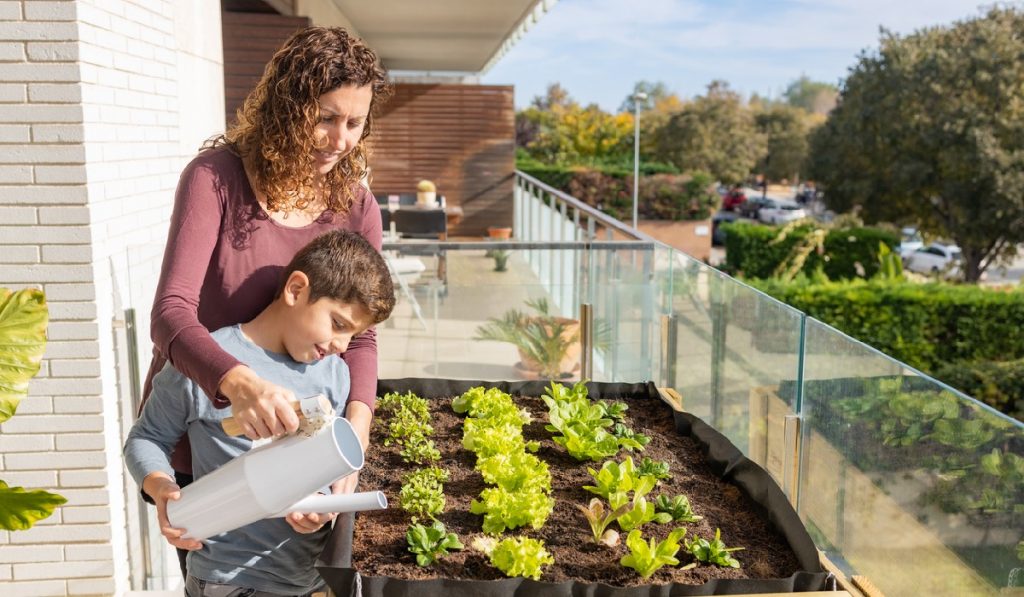Vegetable Garden Ideas for Beginners

Growing your vegetables is a great way to constantly supply fresh, organic produce and herbs without breaking the bank. After all, who doesn’t love fresh fruits and veggies? Whether you have a large backyard or just a windowsill, you can easily start a vegetable garden and begin harvesting your food.
In this post, we will provide some tips and vegetable garden ideas to get you on your way. We have vegetable garden ideas for all types of spaces. So let’s get started and learn how to grow some delicious vegetables!
Raised Garden Beds
Raised garden beds are an excellent option for beginners because they allow you more control over the soil quality, drainage, and pests. They also make it easier to manage the garden and minimize bending and kneeling. You can purchase raised garden bed kits or build your own with wood, cinder blocks, or even repurposed materials.
Easy-to-Grow Vegetables
If you’re a beginner, start with vegetables that are easy to grow and maintain. Get tools and planting containers for your area, such as tomatoes, peppers, cucumbers, beans, and herbs. These vegetables are generally hardy, fast-growing, and adaptable to different conditions.
Container Gardening
Container gardening is another excellent option for beginners, incredibly if you have limited space or no access to a garden plot. You can grow vegetables in pots, buckets, or other containers on your balcony, patio, or indoors. Just ensure the containers have drainage holes and are large enough to accommodate the plants. Good lighting is also key, so make sure that your plants are getting enough sunlight if they’re outdoors; for indoor plants, consider investing in special tools like grow light bulbs to help the plants reach their maximum growth potential.
Square Foot Gardening
Square foot gardening is a popular method for beginners because it’s easy to plan, manage, and harvest. With this method, you divide your garden plot into square feet and plant different crops in each square based on their size and growth habits. It allows you to maximize the space and yields while minimizing waste and maintenance.
Vertical Gardening
Vertical gardening is a creative way to grow vegetables in small spaces or to add visual interest to your garden. You can use trellises, stakes, or other structures to support climbing plants such as tomatoes, beans, or cucumbers. You can also use hanging baskets or wall-mounted planters to grow herbs, lettuce, or strawberries.
Companion Planting
Companion planting is a gardening technique where you plant different crops with complementary or beneficial relationships. For example, you can grow tomatoes, basil, and marigolds together because the basil repels pests that attack the tomatoes, and the marigolds attract beneficial insects that pollinate and control pests. This method can help you maximize yields, minimize pest and disease problems, and create a diverse and healthy garden ecosystem.
Succession Planting
Succession planting is a technique where you plant different crops at different times to ensure a continuous harvest throughout the growing season. For example, you can grow lettuce in early spring, beans in late spring, and cucumbers in early summer. This method can help you avoid having a glut of produce all at once and maximize the use of your garden space and resources.
Conclusion
Using these vegetable garden ideas, you can create a beautiful and productive garden that provides fresh and healthy produce all season long. Just remember to start small, choose the right location, and use good-quality soil, fertilizer, and water to give your plants the best chance of success.